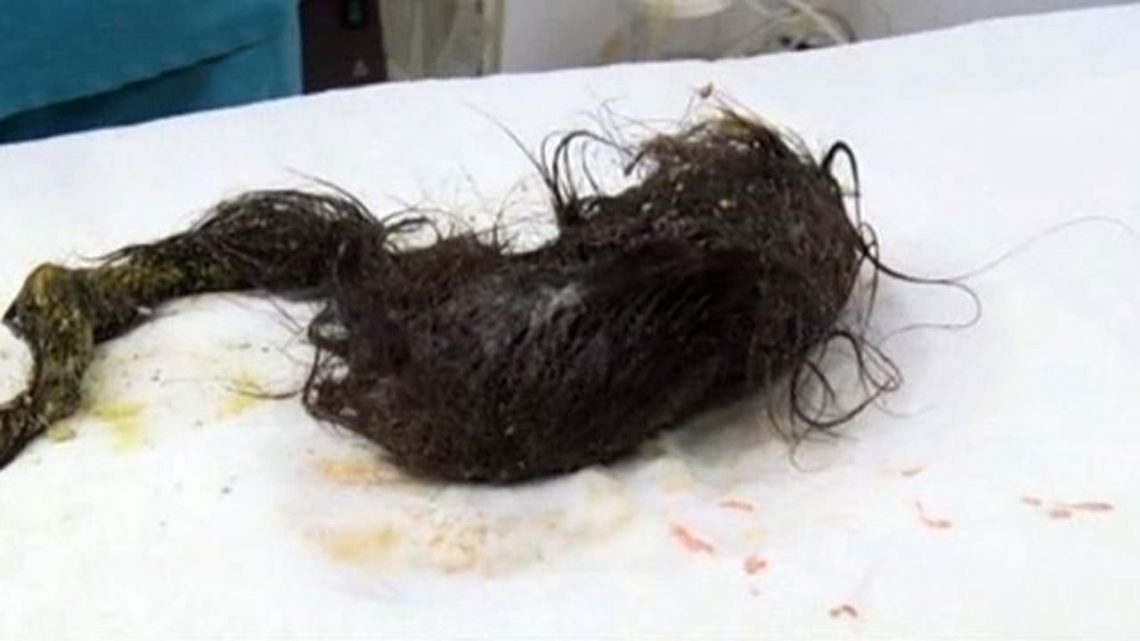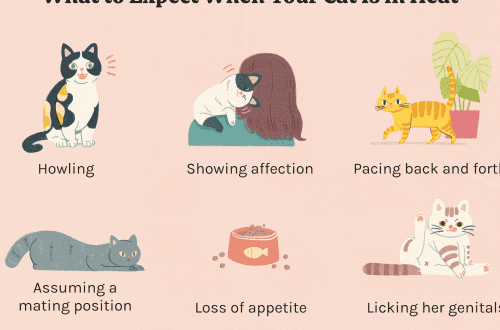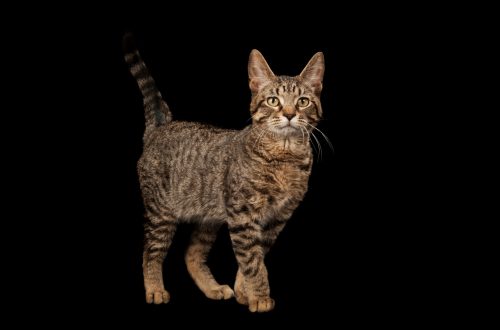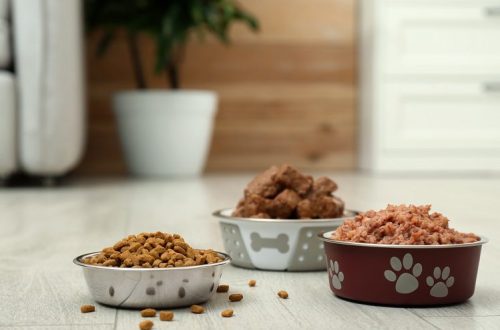
Hairballs in the digestive tract
Almost every cat owner has seen a hairball at least once in their life or heard how their pet is trying to cough up to get rid of this formation. Lumps of wool are easy to distinguish from everything else by their characteristic cylindrical shape. In some cases, they come out with bile or food particles. Hairballs are formed in the stomach of a cat from the wool that she swallowed while licking herself. Cats cannot spit out hairs because their tongues are covered with hundreds of small, rough, backward-pointing protrusions that prevent the hairs from moving backwards for the animal to spit them out. She is also the cause of the formation of hairballs: swallowed hairs are not excreted with feces.
Накопление
Usually swallowed hair is not a problem for cats, but sometimes it accumulates in the stomach and forms a lump. Long-haired cats are especially prone to this. If your cat has occasional hairballs, you have nothing to worry about. However, if this phenomenon becomes regular or the cat is experiencing serious problems, you should contact your veterinarian.
Problems
Hairballs can cause certain problems if they become hard in the stomach and the cat cannot get rid of them. The following signs indicate that your cat is having trouble with hairballs:
· constipation
hard stool with traces of wool
cough or bloating, especially after eating
loss of interest in food
Prevention
The best thing you can do to prevent your cat from developing hairballs is to brush them regularly. In animals of long-haired breeds, this is a must. When combing the coat with a brush, dead hairs are removed, which reduces the likelihood that the cat will swallow them.
Most cats love to be brushed, so this is a great opportunity to strengthen your relationship. Pay special attention to this in the spring, when your cat sheds her winter coat.
There are also a number of measures that can complement regular brushing. For example, there are a number of diets to control the formation of hairballs in the gastrointestinal tract, or appropriate nutritional supplements.
They facilitate the passage of wool through the gastrointestinal tract of the cat during the digestion of food. Consult with your veterinarian: he/she will select the best solution for your case.





